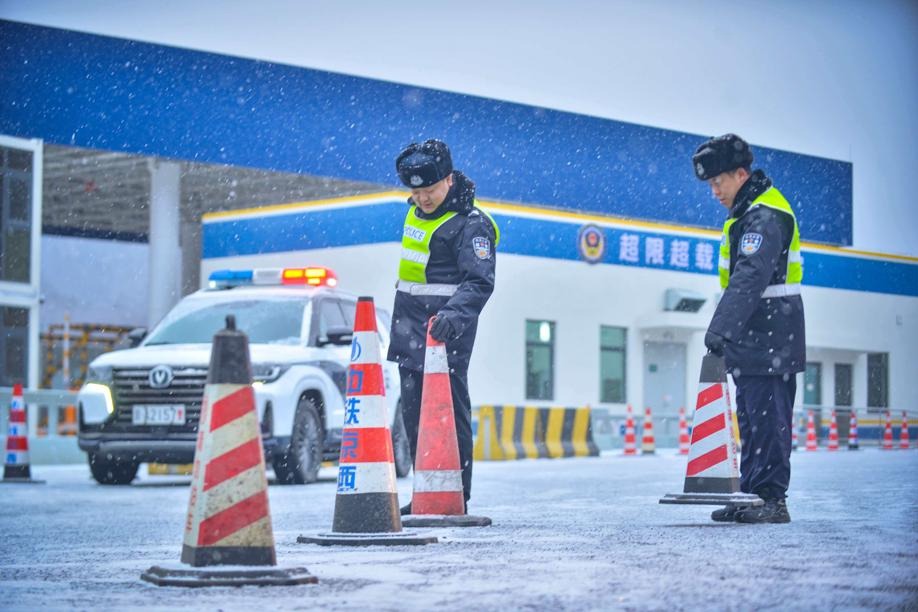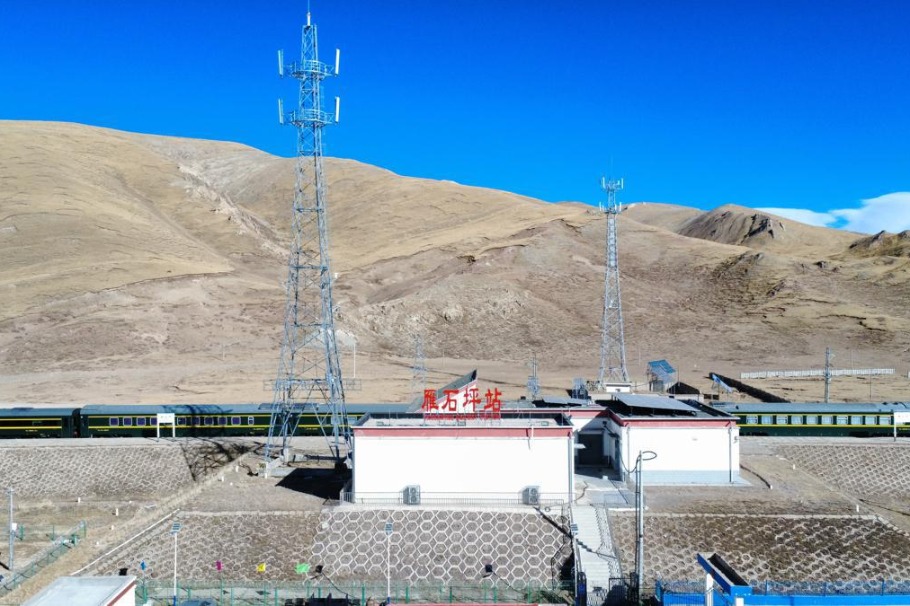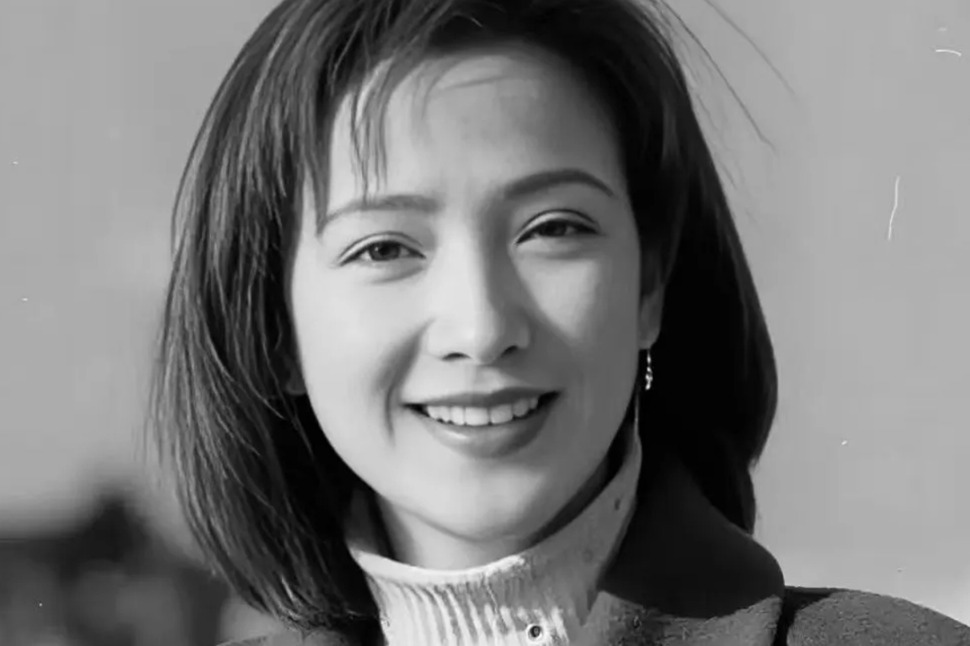SUSTech launches joint neuroscience center with Australian university

Southern University of Science and Technology (SUSTech), a rising research university based in Shenzhen, South China's Guangdong province, launched a joint center for neuroscience and neural engineering with a leading Australian university on Jan 13.
The project was approved in 2019 after four years of close collaboration with the University of Queensland in the fields of neuroscience and neural engineering, according to SUSTech.
The establishment of the joint center is a milestone in the collaboration between the two universities, and is expected to make further progress in brain science research, said UQ President & Vice-Chancellor Peter Høj at the launch ceremony.
Chen Shiyi, president of SUSTech, said the joint center will promote bilateral technological development that will enrich brain science research with more profound knowledge and wisdom.
Meanwhile, it is an unprecedented opportunity for the city of Shenzhen to transform basic research into clinical applications, he noted.
More than 50 experts and scholars in the field, including members of the leadership of both universities, attended the launch ceremony held at SUSTech's Shenzhen campus.
Perry Bartlett, an emeritus professor with Queensland Brain Institute, said the joint center is a rare opportunity to bring together outstanding scientists to advance brain science research. It will also promote the transformation of related technologies into clinical applications to genuinely benefit patients, he added.
The center will focus on neurocircuit computation, regulating neurocircuits to restore function following stroke, neuromodulation, connectomics, and neuromorphic computing, according to the two universities. Their primary research areas will include stroke, depression and dementia.
The center will also seek to enhance the understanding of the computational operations performed by defined neuronal circuits, develop neuro-inspired next-generation computational architectures and devices, and develop strategies for the treatment and repair of damaged nervous systems.
- Jimmy Lai found guilty of colluding with foreign forces
- Hong Kong court opens session to deliver verdict on Jimmy Lai's case
- Affordability ranks high for overseas study choices
- Jiangxi valley goes viral, wrongly tagged Japan
- China plans to expand cover for childbirth-related bills
- Non-living 'life releases' in Liaoning condemned




































